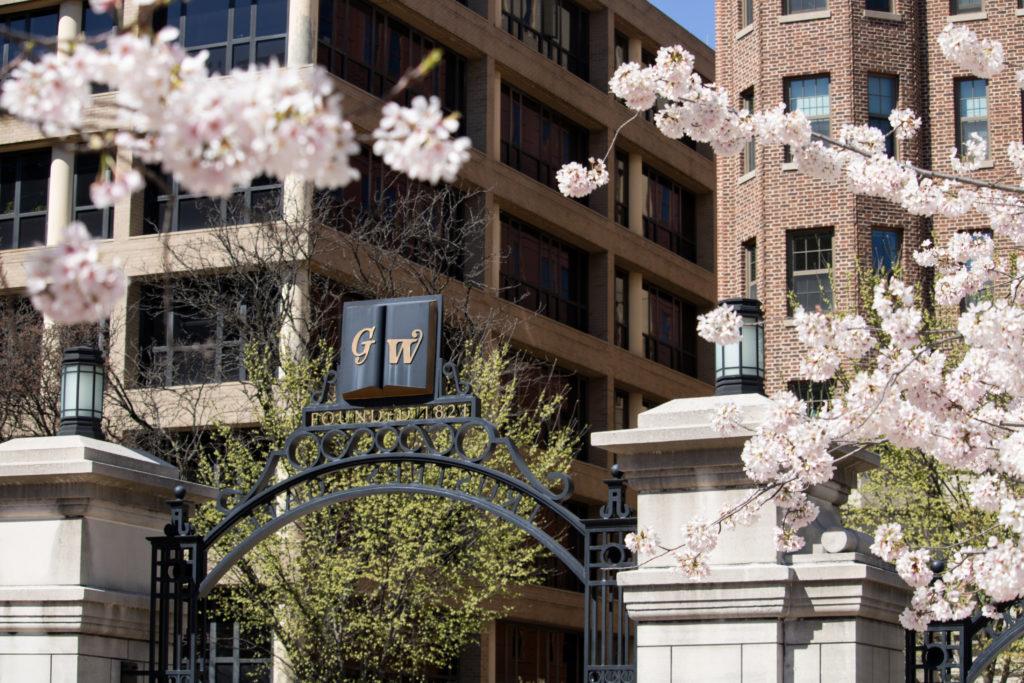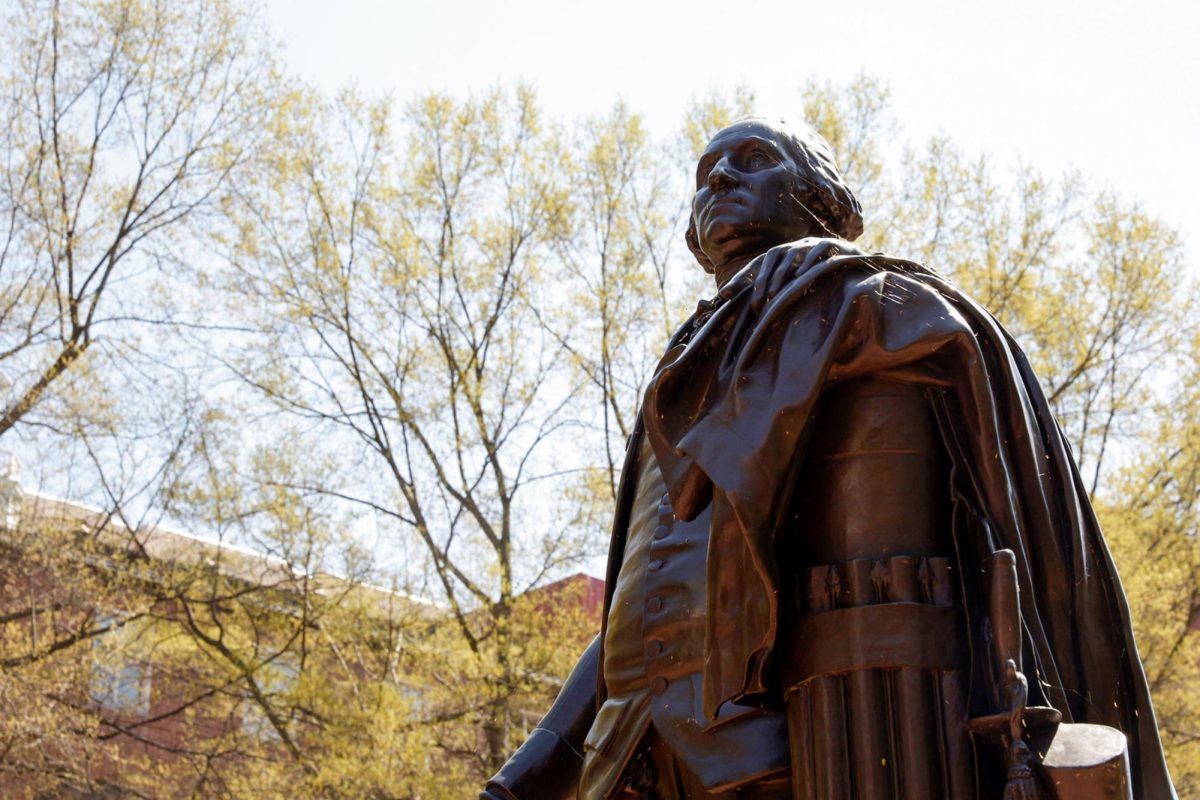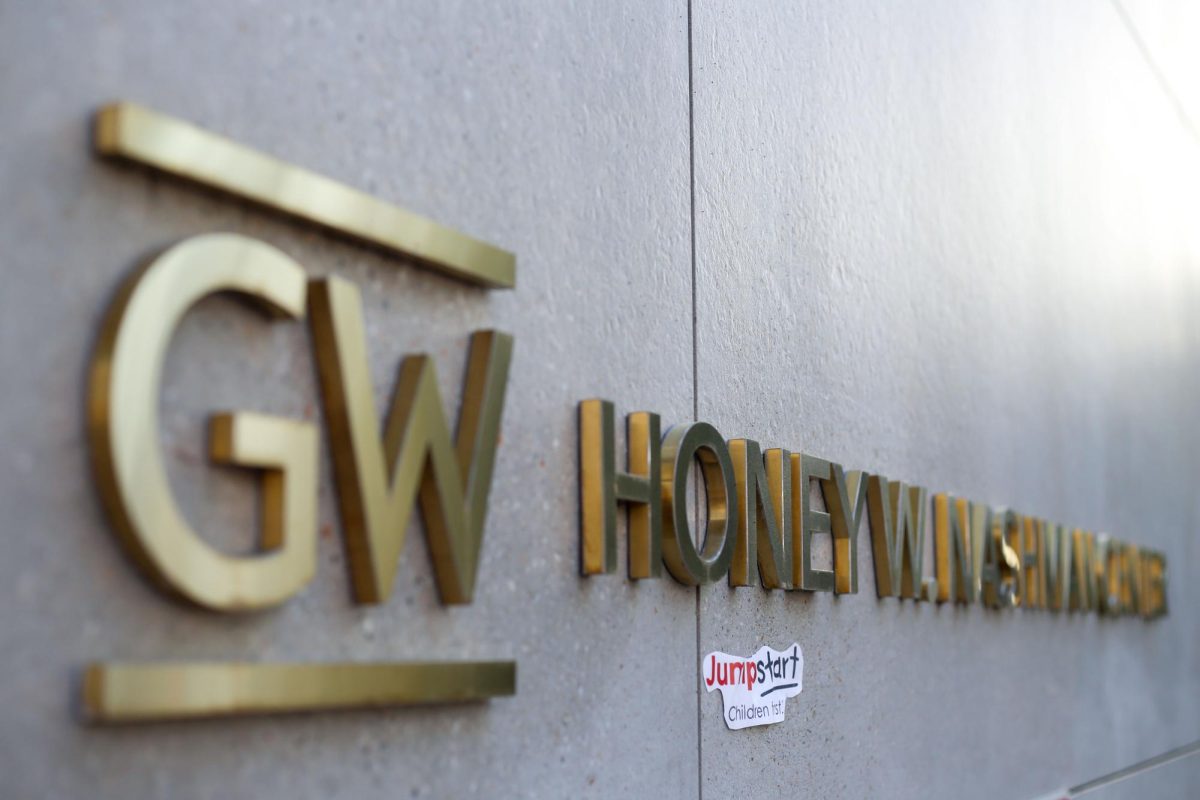After a little more than one year on the job, Director of the School of Media and Public Affairs Lee Huebner has already left his mark on the school’s long-term goals, curriculum and students.
Two such long-term goals, Huebner said, are to prepare students for a climate of quickly and drastically changing media and to improve SMPA’s journalism and political communication programs.
Huebner has initiated several progressive measures since his July 2006 arrival at GW, including the creation of new innovative journalism courses and the formation of a 15-member SMPA student advisory council. He also plans to revamp the school’s Web site and improve communication with its students.
“The media revolution which we are currently living through is an enormous challenge to media educators all over the world,” Huebner said. “I think our objective should be to prepare students for the digital media world of tomorrow.”
SMPA will work to create interdisciplinary programs in the coming months, particularly for new graduate degrees, Huebner said.
In the school’s undergraduate programs, Huebner introduced new courses such as one focusing on the international media, which includes a trip to Paris during spring break.
Huebner added that he also plans to continue meeting with the student advisory council he formed last year. As a result of the council’s discussions, SMPA intends to send out a regular newsletter, organize student convocations and create a student advising system.
“There are greater requirements to be a journalist today,” said SMPA Professor Mike Shanahan. “You not only have to know how to write and report, but you have to know how to set up a Web site, shoot video, add audio and take still pictures. The more skills students have, the more likely they are to get a job.”
Shanahan teaches a course about convergence and the future journalism in which students look at the “underlying values of contemporary journalism,” why the news business is in a financial crisis, citizen journalism and blogging, he said.
Professor Steven Livingston also mentioned the “growing use of content such as picture or video captured by non-professional journalists in reporting on news channels and outlets” as one of the vast changes in the media.
“In some ways, news is reverting back to the habits and features of an earlier era when amateurs played an important part in journalism, or what was understood as journalism,” Livingston said.
Under Huebner’s leadership, SMPA has instituted a new curriculum that integrates the requirements for both the journalism and political communication programs. Huebner also requires undergraduate students in both programs to take a digital production course.
Additionally, a new five-year bachelor’s/master’s program was created by SMPA faculty and is currently awaiting University approval, the SMPA director said.
The Medill School of Journalism at Northwestern University, where Huebner formely was head, also experienced changes to its journalism curriculum for undergraduates. The new program requires freshmen to have twice as many core-skills classes and incorporates “multimedia storytelling” in all reporting classes, according to the school’s Web site.
Like GW, Medill is offering new elective courses that “give students an understanding of how the information is radically changing the way the public seeks out, receives and interprets the news and how journalism can respond to the new realities,” according to the school’s Web site.
While SMPA will continue to make changes under Huebner’s leadership, Huebner said SMPA is “well on its way to becoming one of the very best schools in its disciplines in the country.”
“(W)e cannot slight the old skills and values – critical thinking, good writing and a keen awareness of the ethical obligations which are so essential if media are to play a constructive social role,” Huebner said. “So we have a double obligation – to honor the best of the past while also plunging into a radically different future.”







